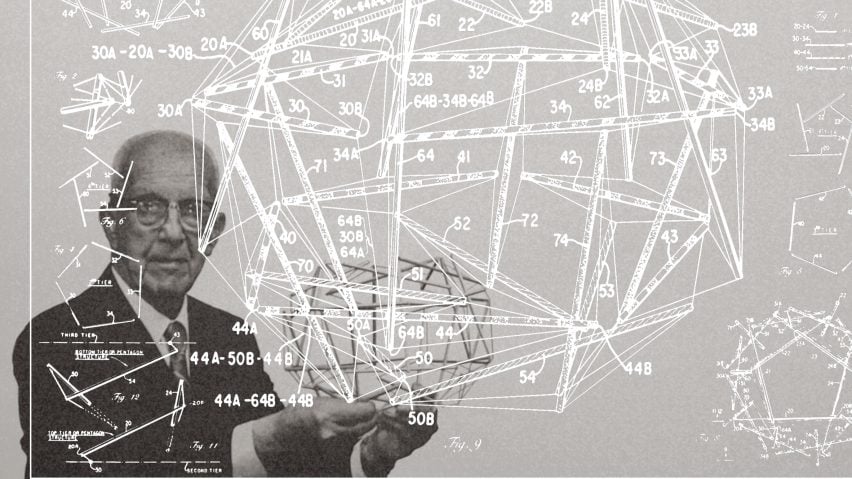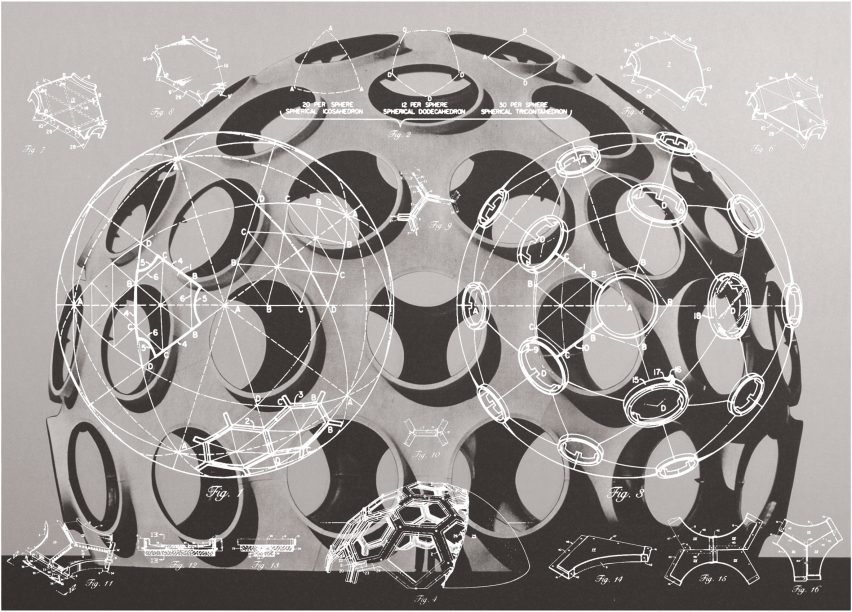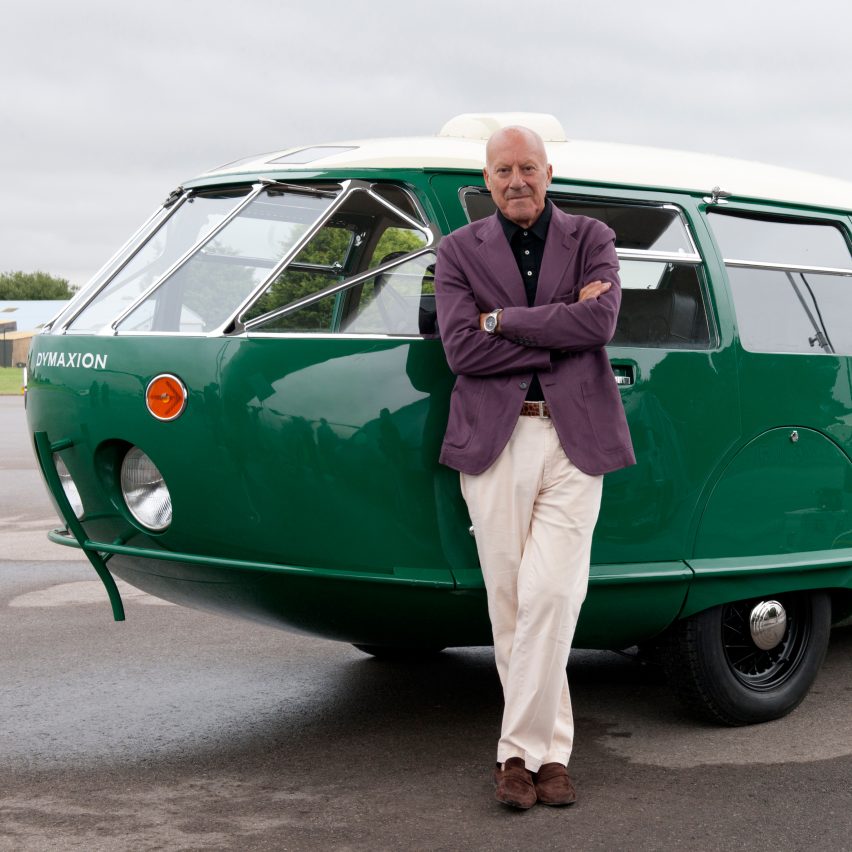
Buckminster Fuller anticipated the problems we're facing today, says exhibition curator
Drawings and maquettes by Buckminster Fuller prove that he predicted current global issues, and demonstrate how he proposed to solve them, according to the curator of an upcoming exhibition about the late inventor.
The projects to be displayed in the Richard Buckminster Fuller, Inventions and Models exhibition – which opens at Edward Cella Art + Architecture in Los Angeles next month – present forward-thinking solutions for affordable housing and transport that make "the most with the least".
Curator and gallery founder Edward Cella told Dezeen that the inventor's ambitions to address urban and environmental problems makes him "particularly relevant" today, even 35 years after his death.

"Fuller anticipated many of the things that we're facing today," he said. "He believed that... we had a set of resources and tools and knowledge available to us, and we needed to make the most with the least in order to properly operate our 'spaceship'."
"It's incredulous to me that we find ourselves two centuries later and the issues that he anticipated are with us today," he continued. "As an inventor, as an educator, as a proponent of scientific and architectural investigation, those legacies are so relevant to what is going on in the world today."
Fuller was born on 12 July 1885 in Milton, Massachusetts, and worked on his futuristic designs from the turn of the 20th-century up until his death in 1983, aged 87.
Fuller "captivates the imagination of many people"
Affectionately nicknamed Bucky, the visionary believed that resources available to humans peaked in the 1970s, and so focused on inventing systems with what was already available.
He became known for projects that spanned and merged many fields, including architecture, science, art and cartography, despite the fact he didn't qualify in any – he was expelled from Harvard University twice.
"Fuller is one of those figures that captivates the imagination of many people," said Cella. "Architects, designers, engineers, scientists and computers scientists are interested in Bucky because he brought a very wide field of information to solve very specific problems."

His projects often involved advanced technologies and structural systems, which Cella believes resonate with architects practising in the 21st century.
"Architecture today is about not only solving space planning and aesthetics, but also environmental concerns, making buildings sustainable, looking at sustainable construction methodologies, how to do the most with the least amount of resources to keep cost down," the curator told Dezeen.
"We go through cycles, and I think we're back at a place where the questions he was asking seem particularly relevant," he added. "We happen to be at a point in time where the challenges are great but also the available technologies and systems, and our knowledge, is also great."
Fuller's most well-known and influential designs, which he called "artifacts", will feature in the exhibition in the form of drawings from his "inventions portfolio" – 60 portfolios with 12 limited-edition prints in each – and maquettes.
Norman Foster and Elon Musk among those influenced by Fuller, says Cella
These include proposals for affordable and prefabricated housing, bathrooms designed for mass production, and structures that use as little material as possible.
They also encompass his famed geodesic domes, which comprise thin lattices of triangular modules, making them extremely strong compared to their weight. The spheres also enable the largest volume of interior space to be enclosed within the least amount of surface area – another example of Fuller's goals for efficiency.
He also investigated methods of transport, with a proposal for a three-wheeled car that pivots on itself. Called the Dymaxion Car, the vehicle was intended to eventually enable users to both drive on land and fly in the air.
British architect Norman Foster – a vocal fan of Fuller's – rebuilt the car and showed it as part of a presentation of the inventor's iconic designs in 2013.
Cella believes Fuller's ideologies paved the way for architects like Foster, and inventors like Elon Musk – who is behind companies SpaceX and Tesla, and the Hyperloop high-speed transport system.
"We have people like Elon Musk, creating ways to explore space today, we have technological companies in the Bay Area envisioning ways of creating infrastructure," he added. "The seed of their success is in some way due to Fuller's investigations and opening up of a cross-disciplinary means of investigation."
Other items in the exhibition, sourced from collections of those who knew Fuller personally, include his experimental wire and steel structures known as "tensegrity" models – which refers to tensional integrity, and was among many terms he coined.
Richard Buckminster Fuller, Inventions and Models exhibition will be on show at Edward Cella Art + Architecture from 8 September to 3 November 2018.